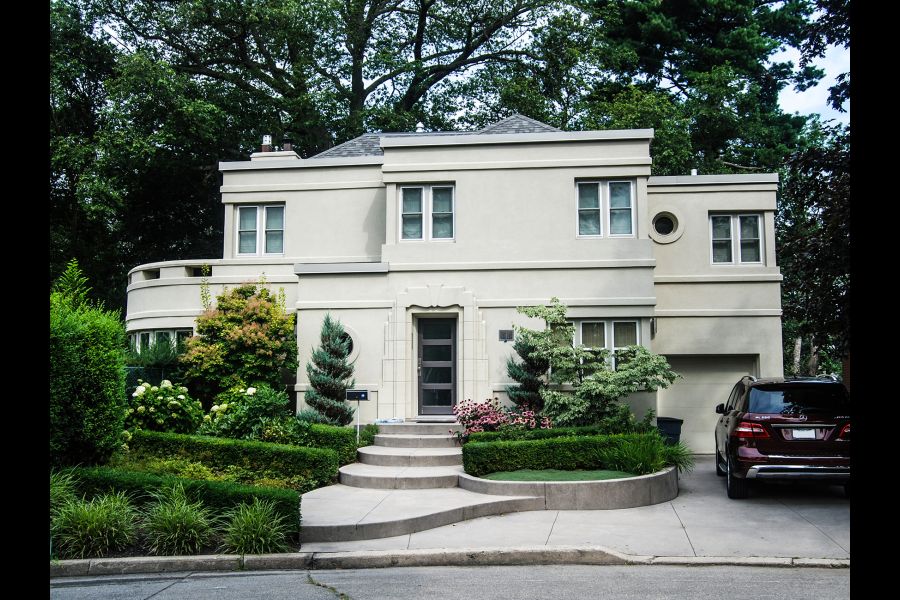During my speaking engagements on Canadian architecture, one of the questions I’m most often asked is, “Do you have a favourite architectural style?”
Although I usually attempt to reply that I appreciate virtually all architectural styles when it’s the work of a skilled designer, if the questioner is persistent, I eventually admit that there is one pair of “sister” styles that truly make my heart sing but, unfortunately, these expressions rarely found favour here in Canada.
The older sister was born in France at the turn of the 20th century during a time when society believed the industrial machine would deliver as-yet undreamt of benefits.
Architects of this fledging school drew inspiration from the expressiveness of the Art Nouveau school of artists (not architects), from the established English Arts & Crafts movement, the art of Tiffany, Galle and Lalique, the schools of Cubism and Surrealism, from ancient Egyptian and African folk art, and the traditional forms of Japan and China. All of these forms were combined, distilled, blended and then rendered through the screen of industrialism.
The architectural expression was jubilant, stylized and expressed in soaring vertical lines with an emphasis on geometric and stepped pyramidal forms. Products of the “modern age” were featured; materials like Bakelite, monel, aluminum and vitrolite commonly integrated. Then, all design concepts were assessed against the “machine ethos” to ensure the optimum uncluttered visual and use efficiency had been achieved.
In 1925, at the Paris Exposition Internationale des Arts Décoratifs et Industriels Modernes, this older sister was embraced and later labelled Art Deco.
Where the older sibling may have been born in Europe, the younger sister began life in North America. By 1930, the exuberance of the Roaring Twenties had been replaced by the austerity and increased emphasis on efficiency begotten by the Great Depression. The industrial designers of cars, airplanes and ships were focused on simpler, aerodynamic lines and forms that, in turn, influenced architects. From this aesthetic, Art Moderne (or Streamline Moderne) evolved out of Art Deco.
Where the older sister was vertical, decorated and exuberant, the younger expression was horizontal, streamlined and demure. That said, socio-economic constraints of the time simply acted to funnel architectural creativity. The architect’s response, by juxtaposing straight lines with sweeping curves while reducing Art Deco’s geometric decoration to its essence, was to create a sensuality in the built expression rarely equalled since.
While Art Deco residences were relatively rare internationally, homes in the Art Moderne style were much more common everywhere, except Canada. Perhaps that sensuality of form just made our conservative countrymen uncomfortable?
In any case, the closest Art Moderne example can be found in Hamilton, and it’s worth searching out if you’re in that neighbourhood.










